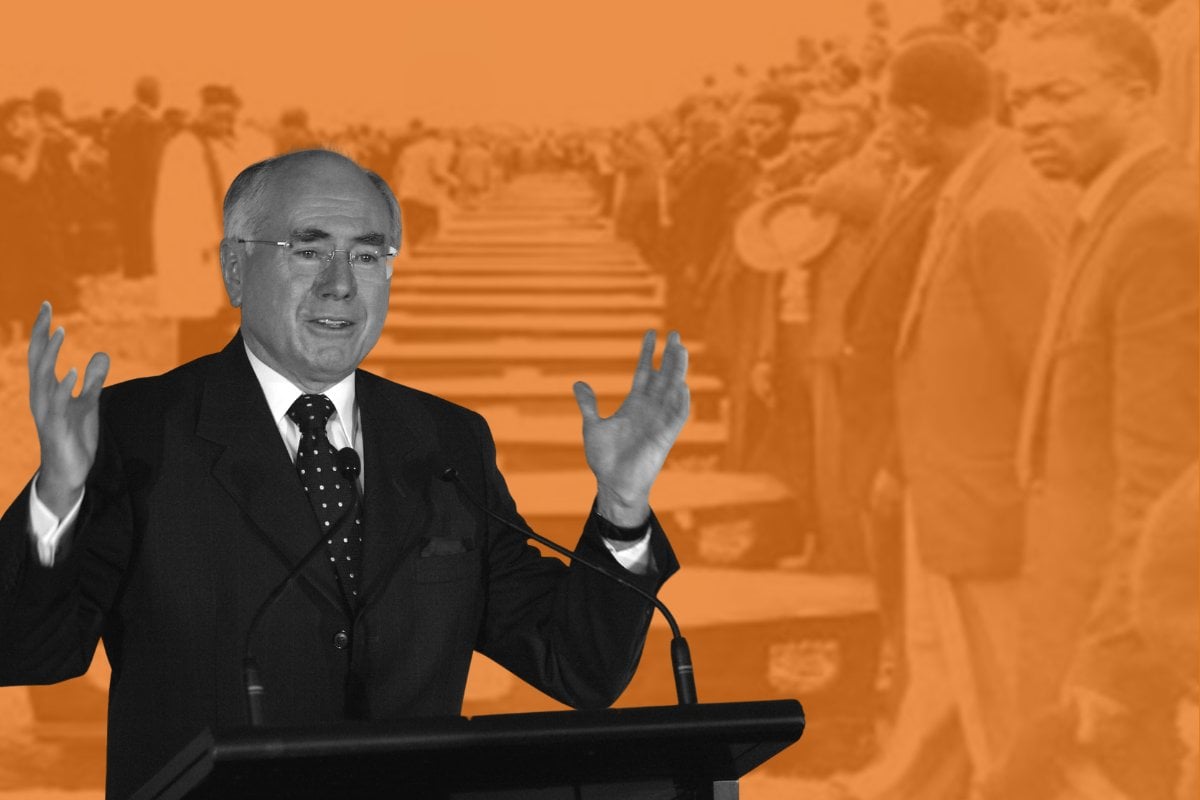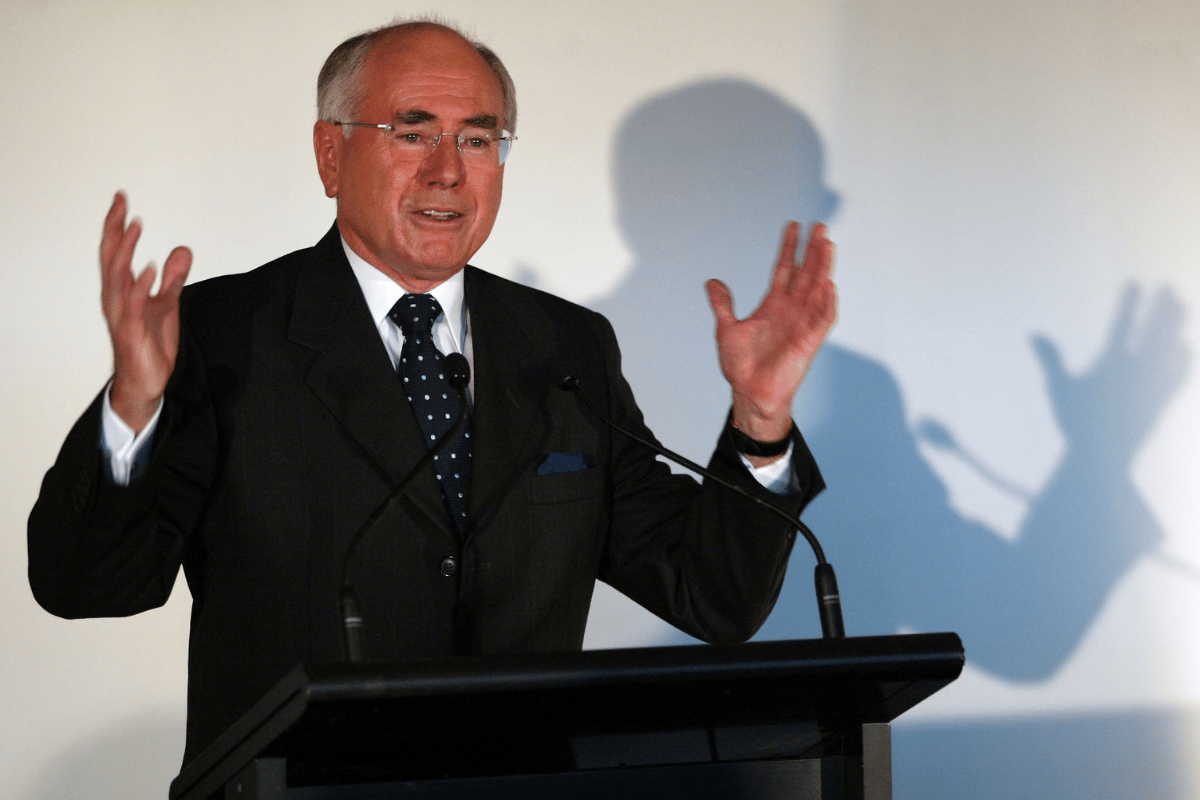
This week, thousands of schools, organisations and businesses are celebrating Harmony Day or Harmony Week.
It's often marked with people being told to wear orange, celebrate diversity and 'bring a plate' of food that reflects their cultural heritage. It's marketed as a bright and positive occasion designed for everyone to come together to share in the joys of multiculturalism.
Sounds nice, right?
Well up until recently, many of us didn't think twice about celebrating Harmony Day. But as the dark history behind the event emerges, more people are thinking twice about whether this 'day of diversity' really is as inclusive as we've been made to think it is.
But first watch: Tony Armstrong on racism in Australia. Post continues below.
What exactly is Harmony Day?
On the Australian Government's Harmony website, it states: "Harmony Week is the celebration that recognises our diversity and brings together Australians from all different backgrounds. It's about inclusiveness, respect and a sense of belonging for everyone."
It's been going on for years, many of us likely having experienced celebrating the day in our schools or workplaces. On the government's website, there are plenty of really great success stories celebrating migrants and refugees. Those stories are always brilliant and important to highlight.


Top Comments